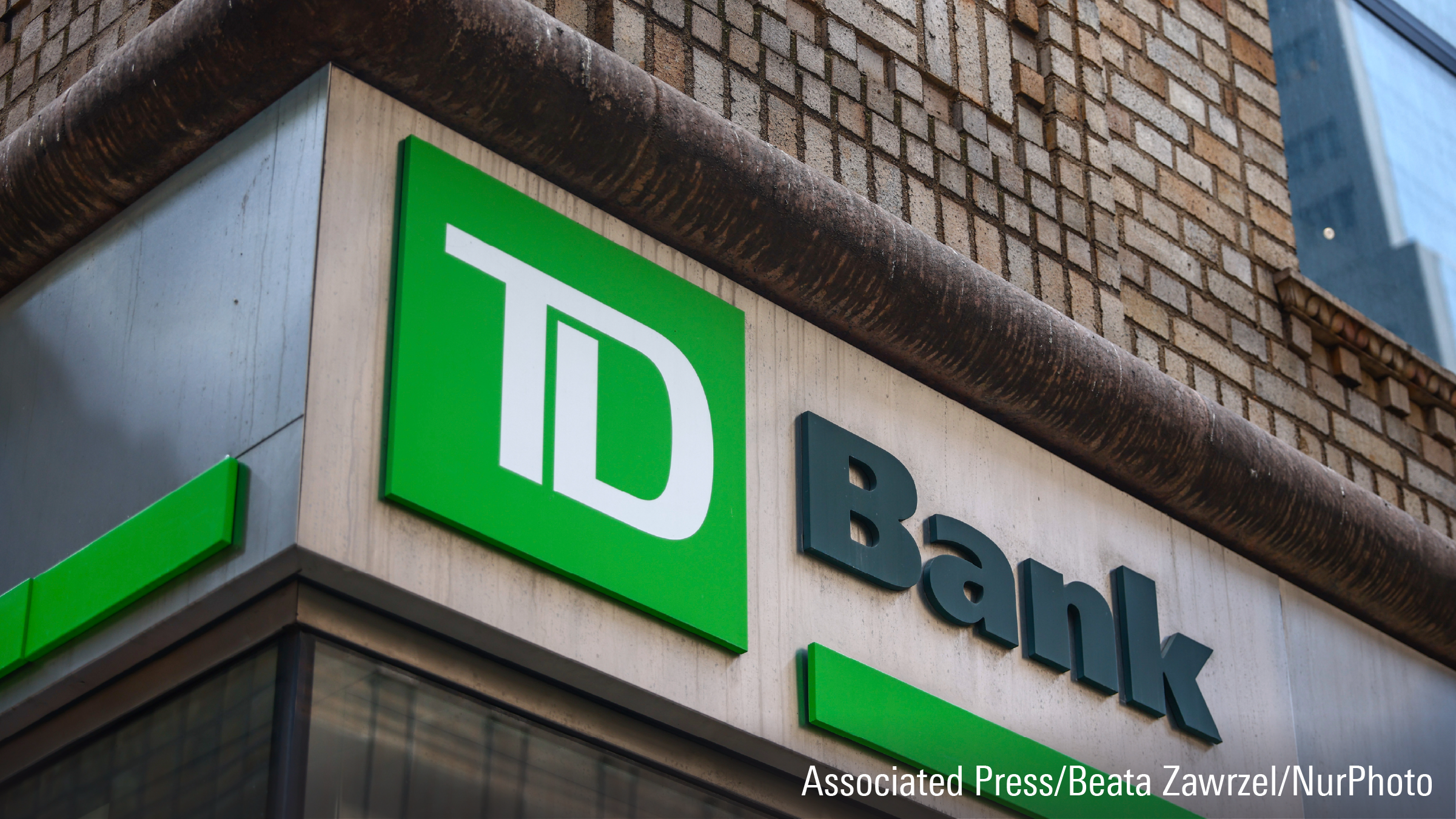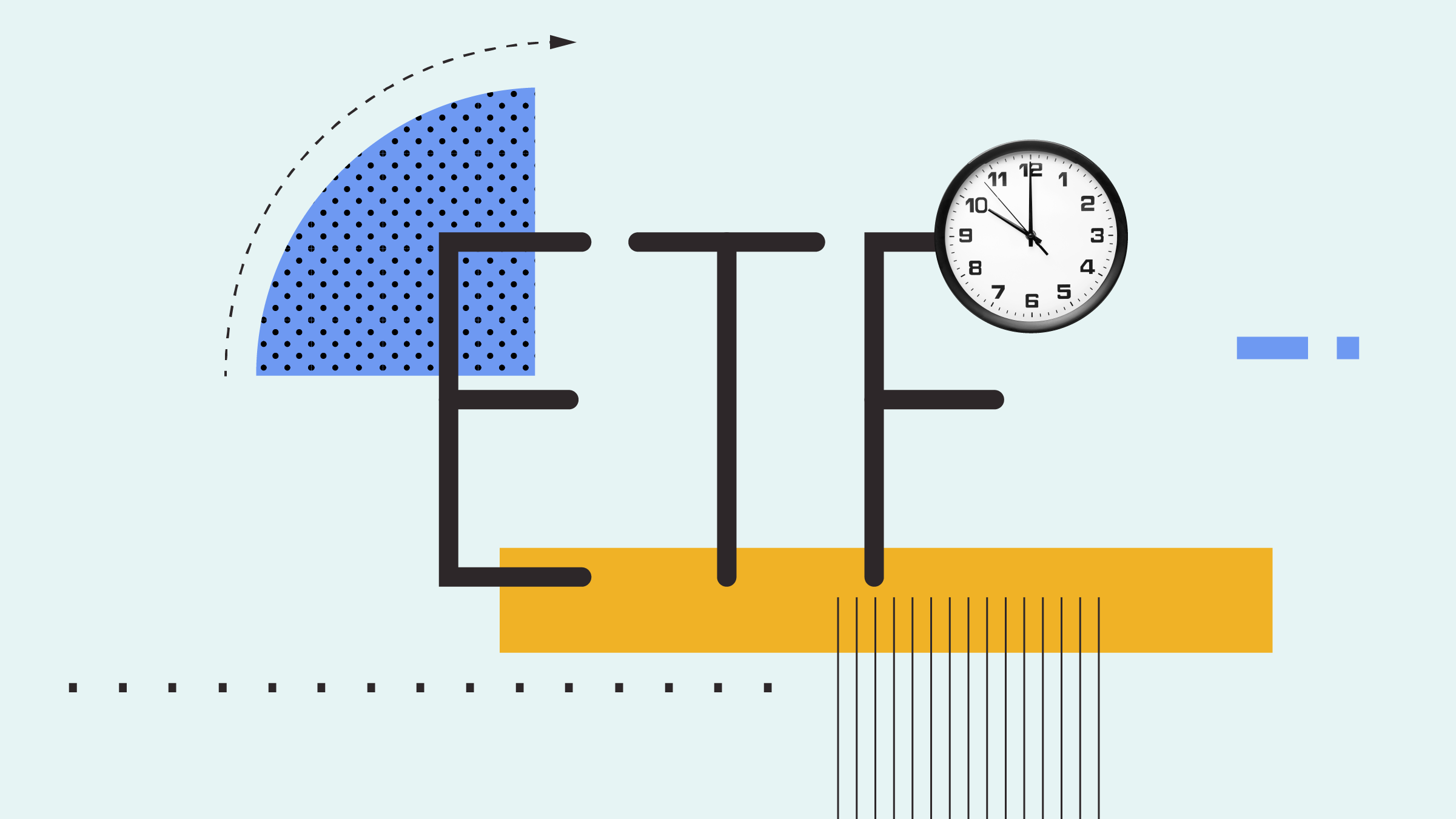Jeremy Glaser: For Morningstar, I am Jeremy Glaser. What's the best way for investors to interpret a dividend payout ratio? Josh Peters, editor of Morningstar DividendInvestor and our director of equity income strategy, is here with me today to discuss.
Josh, thanks for joining me.
Josh Peters: Good to be here, Jeremy.
Glaser: Let's start with a basic definition. When you see the term "payout ratio," how is that calculated, and what should investors be looking at?
Peters: Payout ratio is one of the most important statistics in evaluating any dividend-paying stock. In fact, I'd put it right behind the dividend yield itself.
Dividend yield, of course, is the annualized dividend rate of a company, which you would expect over the course of a year for total dividend payments at the company's current rate of paying, divided by the stock price.
The payout ratio takes the dividends and divides them into the earnings of the company. There's a couple of different ways that you could calculate it, but a good, simple metric would be to just take that current annualized dividend rate. So, let's say, a company is paying $0.25 a quarter, that $1 a share a year. If the analyst consensus estimate for this year's earnings is $2, then you divide $1 into $2 and that's a 50% payout ratio.
Glaser: The payout ratio might be simple enough to calculate, but the interpretation is a bit trickier. How do you go about thinking about what this means and how you can use it to make a better investment decision?
Peters: The simplest way to look at the payout ratio is it expresses your margin of safety for the dividend itself. Just to draw from the example from a second earlier, if a company is earning $2 a share paying out $1, then that's got a 50% payout ratio.
It also means that earnings could drop 50% from $2 to $1, and the dividend is still covered by earnings. If a company's payout ratio is 80%, then earnings could only drop 20% before the dividend is consuming all of the earnings. If a company's payout ratio is only 20%, then earnings could drop 80%, a gigantic drop, and yet there's still the earnings there sufficient to fund the dividend.
It's really a way of putting the burden, if you will, that the dividend places on the company's finances in the context of the resources that are there to pay the dividend.
Glaser: What's a good payout ratio there? At what level are you comfortable that that dividend is sustainable?
Peters: I wish there was just a magic number that you could apply to every situation. I get asked this question quite a lot. Unfortunately, the only number you can say across the board is you don't want payout ratios that are over 100% on a long-term average recurring earnings basis.
Now, you might see a company that takes some unusual charges, noncash charges of one kind or another and their reported earnings are less than the dividend, which makes the payout ratio more than 100%. You want to look at that adjusted recurring figure, typically.
But if a company is paying out 105%, 110%, 150% of earnings on a recurring basis, then that becomes a problem, except there are some other examples or exceptions that we can talk about in a second. But it really comes down to the individual business itself, what kind of a dividend policy it has, what kind of financial condition the company is in, and how cyclical it is--how is it going to respond to changes in the economy? So, you take companies like food companies, beverage companies all sorts of staples, utilities, telecoms. These companies generate very steady revenues, very steady profits and cash flows. There's really nothing wrong with seeing payout ratios in the 60s and 70s for these kinds of companies because typically they don't need to retain a whole lot of cash flow; they are not going to grow real fast anyway. So, it's better for them to payout that big dividend yield, but leave some margin as safety for the occasional bad year.
On the other hand, if I find an oil refinery--and knowing that oil refineries are capable of losing money very easily at the bottom of their industry cycle--even a 20% payout ratio may not guarantee that the dividend can be preserved through an extended downturn.
You have to look at the business and in some cases be willing to handle some of those higher payout ratios. Payout ratios and yields are correlated positively. The higher the payout ratio is, all else being equal, the higher the yield on the stock is. But if I'm looking at say Altria Group with an 80% payout ratio target knowing that they really don't need to plow any money back into the business to grow, they grow their earnings by raising the price of cigarettes faster than people are quitting, then 80% makes sense. It's a very steady business, in part because it's addictive. Certainly, some ethical concerns around a business like that, but its dividend-paying capacity is very strong.
Another high-payout business, I think, fits this mold well is Paychex, ticker symbol PAYX. They process payrolls for small businesses and provide other human resources services. They really don't have to plough much money back into the business to grow because it's all done by computers. It's a very capital-efficient business. And they've made this commitment to shareholders, that they are going to payout 75%, 80%, 85% of their earnings while continuing to grow their businesses. And in doing so, they provide a very high current yield and are still able to grow. Now, as long as the management's commitment in this case stays strong, there is no reason why Paychex can't continue to support that very rich payout ratio.
In some other situations, if I saw such a high payout ratio, I just don't buy it. The business doesn't support it. Maybe the balance sheet doesn't support it if there is lots of debt, or I have to worry about management's commitment. So, everything is in context.
Glaser: What about master limited partnerships and real estate investment trusts? They often have payout ratios over 100%. Does that mean that these are inherently unstable dividend payers?
Peters: Actually, no. In MLPs, midstream MLPs, the ones that are operating pipelines and storage facilities and real estate investment trusts, these are really the only exceptions to the payout ratio rule as it's calculated by earnings. These companies both make large capital investments into real estate buildings or other things like that or pipelines. And then they depreciate those over time. Well these depreciation charges are noncash; they are just gradually writing down the value of these assets for accounting purposes that reduces current income. But it doesn't affect their cash flow at all, and you can just take the depreciation and pretty much add it back to net income and that tells you what their operating cash flow is.
So, for these kinds of companies, I think, it's better to use two other kinds of statistics as better proxies for recurring earning power.
For real estate investment trusts, what you're looking for is adjusted funds from operations, or AFFO. Some companies will call this cash available for distribution or funds available for distribution, FAD. It all gets back to the same basic point, which is here is our net income, cleaned up for any sort of unusual items. We add back the depreciation, but then we also make a deduction for maintenance expenses on our properties.
This statistic gets you a better sense of what the current cash earning power of the business is than net income, which is again weighed down by those depreciation charges which really don't make any sense since a lot of these assets are actually increasing in value if they are properly maintained, as opposed to depreciating.
In the pipeline sector, then you want to look at companies' calculations of distributable cash flow, or DCF. It's a very similar type of calculation. You have to look into the company's own press releases in order to find how it's calculated. But this is the statistic that shows the recurring earning power of the company in cash, and it's a statistic that in turn management teams use for both MLPs and REITs to determine how much they are going to pay out.
Both of these kinds of business, because of the stability in general of their cash flows, are capable of paying out a high proportion of that DCF or that AFFO, but you'd still like it to be less than 100% on a go-forward basis.
Beyond that, I tend to be a kind of skeptical if a company is going through lots of logical loops and hoops trying to justify a dividend that is much larger than their earnings. In MLPs and REITs you have very long track records of these kinds of financing models being sustainable. But if somebody just rolled off the pumpkin truck and is paying out what looks like 2 times free cash flow and 10 times earnings, then you want to be skeptical of any other alternative ways they might calculate their dividend-paying capacity.
Glaser: Given all these potential variables you talked about. How do you use the payout ratio then? It sounds like it is not much of a one-size-fits-all approach?
Peters: It is really not one-size-fits-all. It's always in the context of the business that you are looking at. How volatile are earnings? How susceptible are they to recessions? What's the financial strength of the company? A company with no debt can afford a higher payout ratio than one that has lots of debt, all else being equal.
As you are looking at each other aspect of the business that you want to look at in order to evaluate the strength of a company's dividend and its ability to grow, then that payout ratio is a number you keep coming back to: Does this make sense for this particular situation? And if the number is too high that it makes you concerned about the ability of the company to raise its dividend or the ability to just maintain the current dividend then it's a stock that you'd probably want to leave on the shelf.
Glaser: Josh, thanks for your thoughts today.
Peters: Thank you too, Jeremy.
Glaser: For Morningstar, I am Jeremy Glaser.
| DividendInvestor Newsletter | ||
 | Want specific income-generating ideas from Morningstar? Subscribe to Morningstar DividendInvestor, where Josh Peters uses our robust data, research and analysis to find the best dividend-paying stocks to own. | Limited-Time Offer:
3 Issues | $20.13* Easy Checkout *Offer valid for new digital (PDF) subscriptions. If you've had a subscription within the past two years the promotional pricing does not apply. $20.13 is valid for the first three months. At the end of this term, your subscription will be automatically renewed on a quarterly basis at the full rate. Offer expires on 7/31/13. |






















